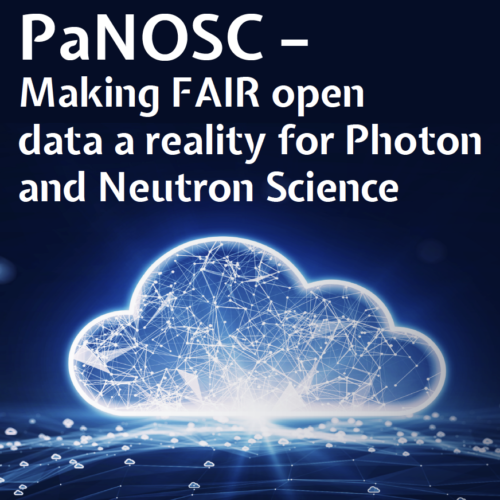
A new dissemination article about PaNOSC key achievements has been released in the latest issue of the Project Repository journal. The article gives an overview of the main goals of the project and how it has contributed to their implementation, towards making FAIR open data a reality for PaN science. Reference: N. Carboni, A. Götz, […]
Read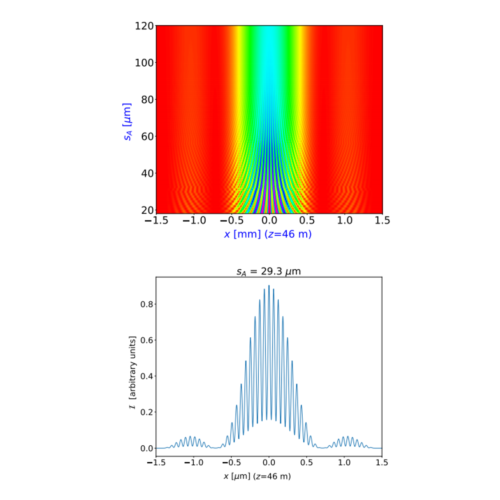
A new algorithm to perform coherent mode decomposition of the undulator radiation has been proposed in one recent publication released in the Journal of Synchrotron Radiation by PaNOSC contributors from the European Synchrotron Radiation Facility. The research group has studied the focusing with lenses of the radiation emitted by an undulator in a fourth-generation storage […]
Read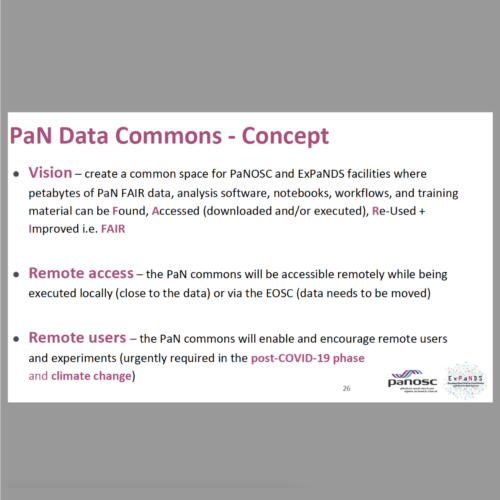
PaNOSC project coordinator, Andy Götz, attended the NOBUGS 2022 (New Opportunities for Better User Group Software) conference held on 22 September at the Paul Scherrer Institut, with a presentation on the outcomes of the two sister projects, PaNOSC and ExPaNDS, and their contribution to building a PaN Data Commons as part of the EOSC. The […]
Read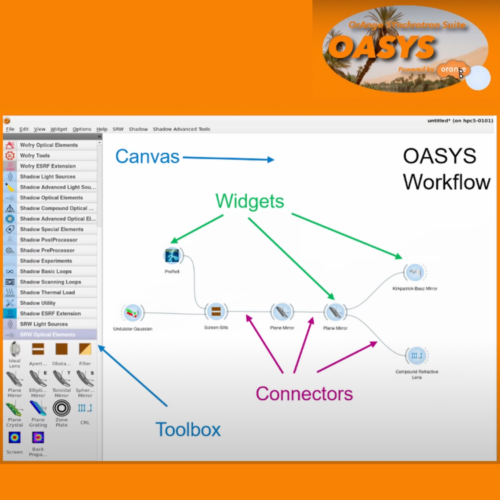
OASYS is a collaborative project that created a software environment for modelling X-ray sources, optical systems and experiments. Since 2013, the OASYS platform is a versatile, user-friendly and open-source simulation tool used in many synchrotron facilities and other research laboratories. OASYS is based on the ability to integrate, in a synergetic way, the most powerful […]
Read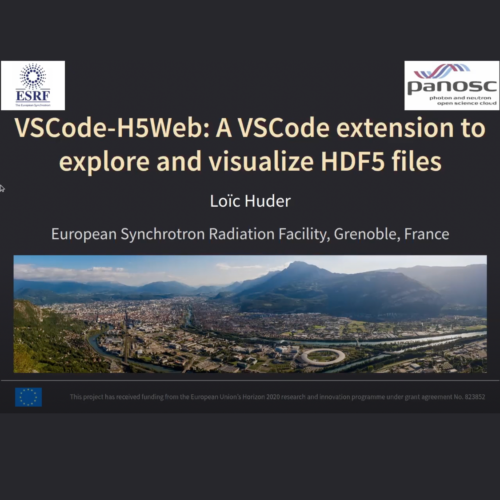
On August 31st, the HDF Group hosted the webinar on vscode-h5web – a VSCode extension to explore and visualize HDF5 files. H5Web is a web viewer for HDF5 files. It can be used to browse HDF5 files and display datasets with performant WebGL-based visualisations. While such files can be requested from a separate server (e.g. HSDS) for modularity, […]
Read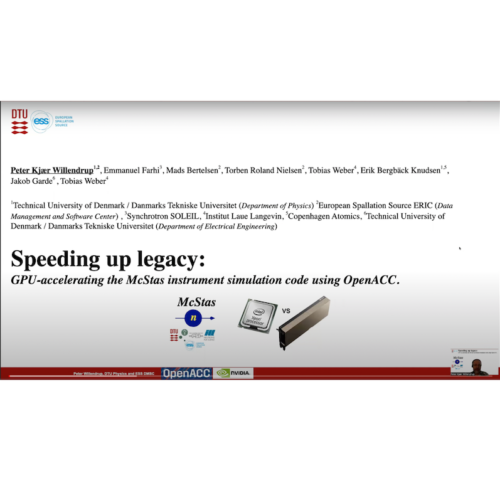
PaNOSC contributor, Peter Willendrup (ESS), on behalf of the McStas team, gave an online talk entitled Speeding up legacy: GPU-accelerating the McStas instrument simulation code using OpenACC, at the International Conference on Neutron Scattering – ICNS 2022, which took place in Buenos Aires from 21 to 25 August. Abstract The McStas neutron ray-tracing simulation package is […]
Read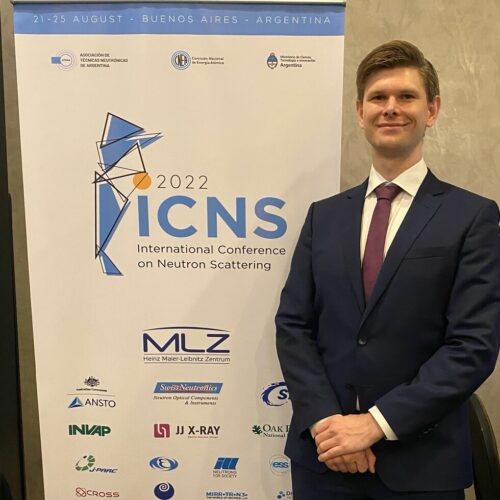
PaNOSC contributor, Mads Bertelsen, Computational Neutron Scattering Scientist at ESS Data Management and Software Centre, received the ENSA Neutron Instrumentation and Innovation Award at the International Conference for Neutron Scattering held on 21-25 August in Buenos Aires, Argentina. He received the award for his work on software relating to simulations of neutron scattering instrumentation, with the […]
Read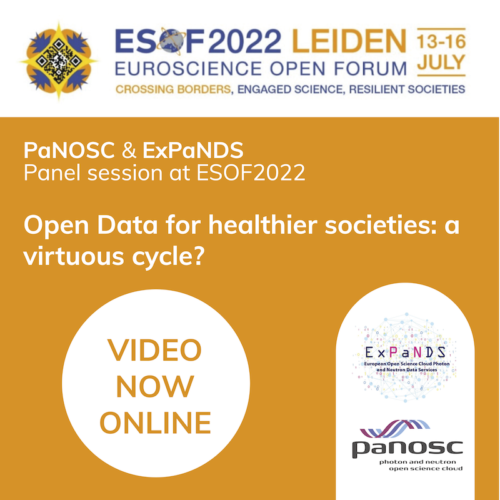
On 13-16 July, 2022, the European Science Open Forum – ESOF 2022, took place in Leiden, the Netherlands. PaNOSC & ExPaNDS joined the event with the panel discussion “Open Data for healthier societies: a virtuous cycle?”. The session showcased the needs and achievements so far, for data to be open, but also the role of […]
Read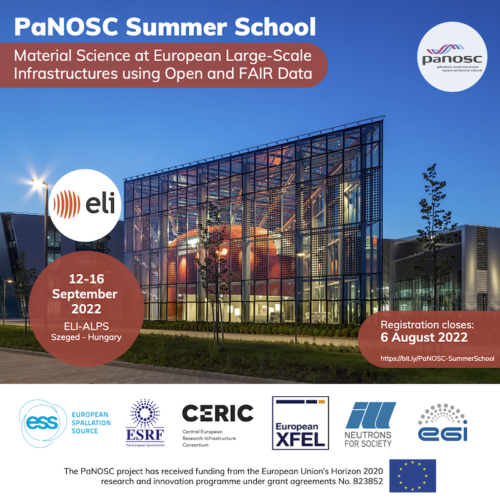
Material Science at European Large-Scale Infrastructures using Open and FAIR Data Data is at the centre of using large scale scientific research infrastructures. PhD Students and Postdoc researchers that want to increase their knowledge about the latest data-driven tools and methods to leverage large scale scientific research infrastructures are invited to join the PaNOSC Summer […]
Read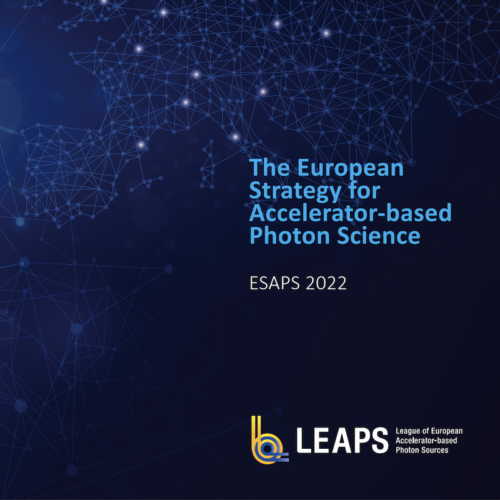
On 23 May, the LEAPS initiative released the European Strategy on Accelerator-based Photon sources – ESAPS2022, after its adoption at the General Assembly Meeting of LEAPS on March 11, 2022. The document has been presented also to the European Parliament on 31 May. ESAPS 2022 is a coherent plan addressing the future challenges and needs […]
Read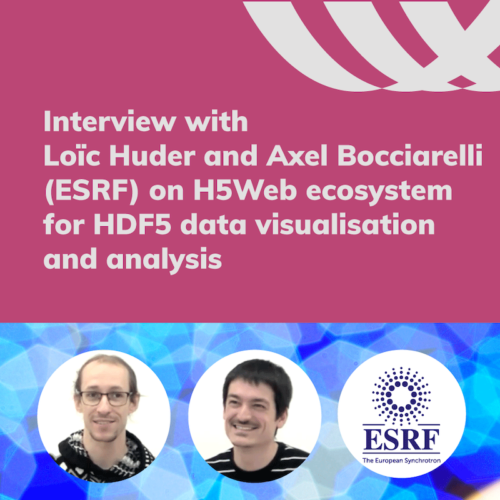
H5Web is a web tool to easily browse, inspect and visualise data in HDF5 files, which has been integrated in the ESRF’s data portal. Using a web technology such as H5Web means that users don’t have to download heavy HDF5 files to their machines when running code on remote servers. The viewer runs in JupyterLab […]
Read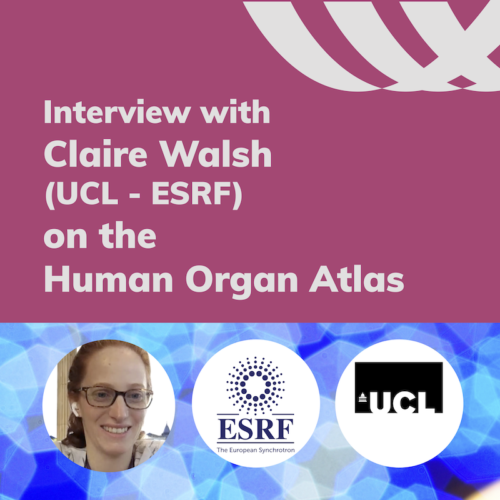
We interviewed Dr. Claire Walsh, Senior Research Fellow at the University College London and the ESRF, and part of the team that developed the Human Organ Atlas. The Human Organ Atlas is an online database of human organs scanned with a new technology developed at ESRF, called HiP-CT, Hierarchical Phase-Contrast Tomography, which allows to scan […]
ReadTorna su
Use this form to search the entire PaNOSC site
By using this site, you accept the use of cookies and third-party cookies Learn more
The cookie settings on this website are set to "allow cookies" to give you the best browsing experience possible. If you continue to use this website without changing your cookie settings or you click "Accept" below then you are consenting to this.